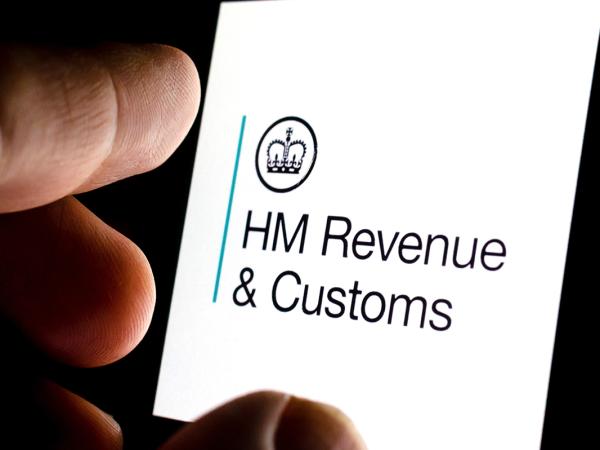In-year finalisation
If you have been claiming tax credits and start to claim universal credit in the same tax year or, from 6 April 2024, you have received your migration notice (whether or not you claim universal credit on or before the deadline in your migration notice) or (from 8 June 2024) you have received a tax credits closure notice, your tax credit award will stop and HMRC will finalise your tax credit award using an in-year finalisation process.

Content on this page:
Overview
In-year finalisation is different to the normal annual finalisation that tax credit claimants are more familiar with. This is because it takes place during the tax year, rather than after the tax year ends, and in most cases it uses information that relates to part of the year, that is the period of the actual tax credit award up to the date it ends.
How in-year finalisation works
The in-year finalisation process is, in most cases, trying to establish your actual income received in the shortened award period (see below for if you have income from self-employment as the rules are slightly different). This is different from how your award will have been finalised in earlier years under the normal end of year finalisation processes and it may be different to the way your initial award was calculated for the current tax year. HMRC then adjust the part-year income to an annual figure and then re-calculate the income and award for the part-year period. It means that you could end up with an overpayment or underpayment due to the way the in-year process works even though you may have kept HMRC up to date with your income figures.
These next two examples show how the normal end of year process compares to the in-year process:
The next example shows how Justine’s claim will be finalised under in-year finalisation if we change things and assume the couple need to make a claim to universal credit in the tax year 2023/24 (ie the same year that Justine has been claiming tax credits).
The cause of Justine’s overpayment in Part 2 of the example above is the way the in-year finalisation process works. It assumes that Justine’s income is even throughout the year, and that she will receive a bonus in the second part of the year when in fact she doesn’t. This means that despite Justine doing everything right with regards to keeping HMRC updated, she has an overpayment of around £321 because of the change in rules between the rules used to set the initial award (and what would have been used under the old end of year finalisation process) and the new in-year finalisation.
In some cases, where someone’s income is lower in the first part of the year, for example if they are on maternity leave in the early part of the year before moving to universal credit, they may end up with an underpayment of tax credits due to this process (which would not have happened under the normal end of year finalisation process).
Overpayments as a result of the in-year finalisation can be recovered by HMRC.
Calculating income for in-year finalisation
If you are employed, it is likely that HMRC will use the earnings information they receive from your employer. HMRC will use the actual earnings you have received in the part-year award period (that is, from the start of the award to the date that the award ends). The review pack from HMRC may ask you to simply check the figure or it may ask you to provide the figure yourself.
You should add up any pension; investment; property; foreign; notional income that you received in the part-year award period and tell HMRC about anything that is over £300.
If you have any social security income or student income, you need to tell HMRC about the actual amounts you have received in the part-year award period:
Contributions to approved pension schemes that you have actually paid in the part-year award period and authorised gift aid payments that you have paid in the part-year award period can be deducted. For example, if the tax credits claim is between 6 April 2024 and 30 November 2024 and then the universal credit claim is from 1 December 2024 – you can only deduct any pension contributions you actually paid between 6 April 2024 and 30 November 2024 when working out your income for tax credits. Any pension contributions paid from 1 December 2024 should be taken into account by DWP when calculating your universal credit.
Calculating self-employed income for in-year finalisation
The process of calculating income from self-employment under in-year finalisation is more complicated because most self-employed claimants will not know their actual income until much later. It would be very difficult for self-employed claimants to tell HMRC their actual income and expenses for a part year period and doing this would lead to unfairness for people who have fluctuating earnings from self-employment.
In recent years, for trading income under in-year finalisation, HMRC have accepted either actual figures (where possible) or a reasonable estimate of taxable profits for the basis period that ends in the tax year that you move to universal credit. As a result of basis period reform in the tax system, HMRC amended the tax credit rules from 6 April 2024 to change how income is calculated from self-employment during in-year finalisation. Unfortunately the rule changes are not clear and are difficult to apply in practice. Our understanding is that HMRC want self-employed claimants to report their part year income from self-employment (between the 6 April and the date tax credits end) as accurately as possible. This may need to be based on an estimate of trading income for the 2024/25 tax year. We advise all self-employed claimants to contact HMRC before completing their in-year finalisation form to ensure the correct figure is used.
There is more detailed information about in-year finalisation for the self-employed on our website for advisers, Revenuebenefits.



